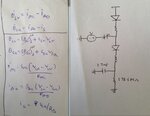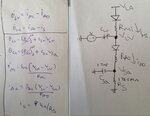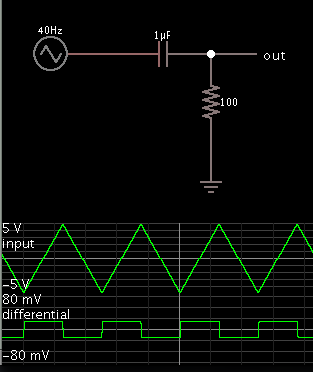revooridinesh
Member level 1
Hi
Anybody know any material which contains how to model differential equations to electronic circuit ?
Thank You
Anybody know any material which contains how to model differential equations to electronic circuit ?
Thank You


